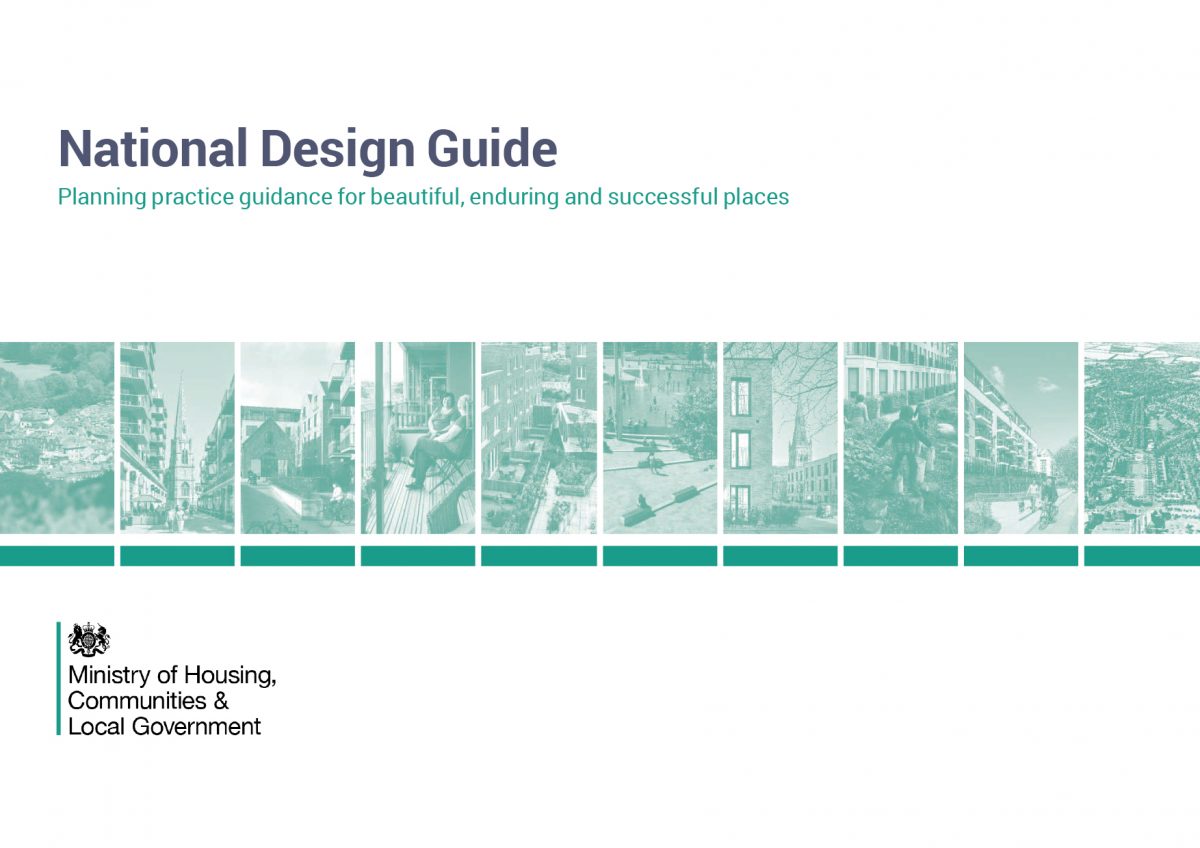The Housing Design Awards were first created to drive quality during the rebuild of post-war Britain. In 1947 Aneurin Bevan, Minister for Health with responsibility for housing, told Parliament that the Government would present annual awards for the design and layout of homes procured by the public sector. The initiative was part of the creation of the NHS, the aim being free health care and healthier homes (several common diseases of the period were associated with bad ventilation and damp).
Under the guidance of current chairman Gareth Capner and director David Birkbeck of Design for Homes, the Awards have increased their investment in explaining the details about winning and shortlisted schemes. Short films are made each year about Completed winners, interviewing development teams, planning authorities and residents. This is a perfect continuation of the Housing Design Awards’ original purpose, to explain what residents think about innovative design and whether it can be replicated.
To date there have been more than 1,000 winning schemes. The HDA archive of previous winners is the largest such resource in the world.
Further information: hdawards.org










